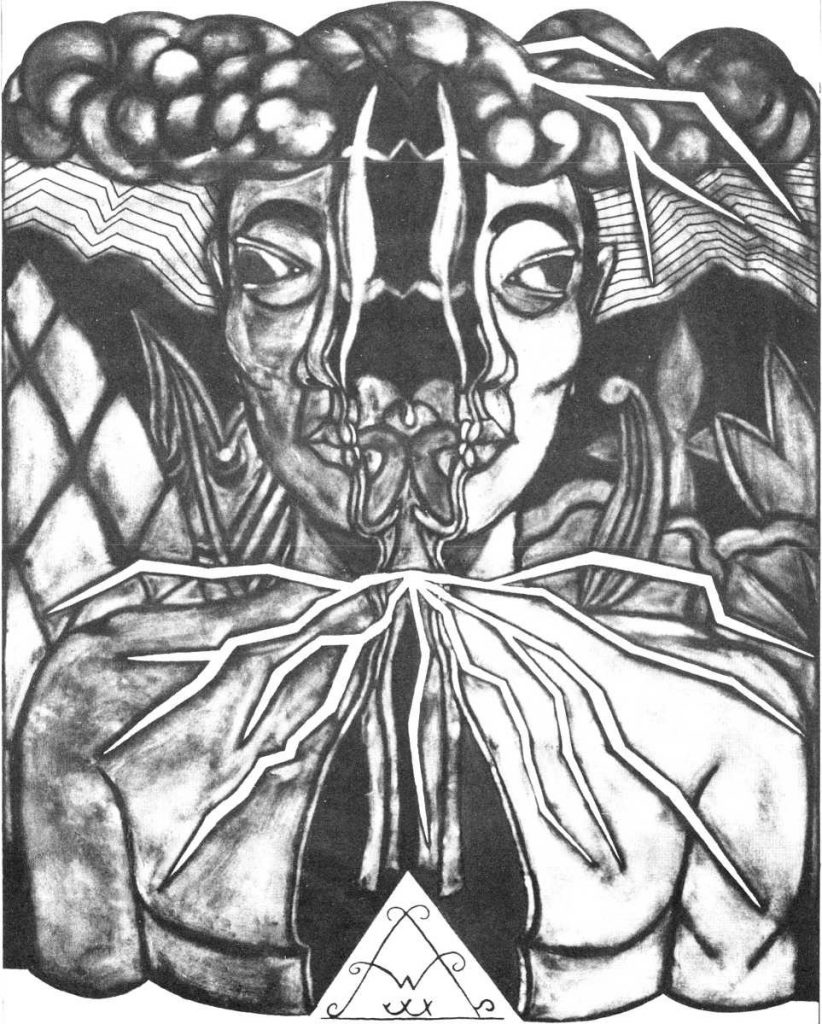The Ifugao call themselves as i-pugao or “inhabitants of the known earth”; other variations of the name are Ifugaw, Ipugao, and Yfugao. They live primarily in the province of Ifugao in Central Cordillera, in Northern Luzon. The name is supposed to have come from ipugo which means “from the hill.” The Amganad Ifugao (Ifugaw) populate the central part of Ifugao Province and has two dialects: Burnay and Banaue. Additionally, their name is synonymous with the famous man-made Banaue Rice Terraces in northern Luzon, which had once been hailed the “eighth wonder of the world”, and attributed to their engineering knowledge and agricultural terracing. Historically, Ifugao was one of the places in the Archipelago least influenced by the Spaniards, even though they did venture into Ifugao territory; the Spaniards were unable to transform their culture and values.
“The peoples of the Philippines have a rich and varied mythology as yet but little explored, but which will one day command much attention. Among the Christianized peoples of the plains the myths are preserved chiefly as folk tales, but in the mountains their recitation and preservation is a real and living part of the daily religious life of the people. Very few of these myths are written; the great majority of them are preserved by oral tradition only.” – H. Otley Beyer
Myth of the Divided Child
A god named Dumagid, whose home is in one of the lower regions of the sky, came down to Benguet and lived among the people. He taught the people many things, and often went hunting with them in the forest. But one day, when he was out in the woods alone, he met a beautiful girl by the name of Dugai with whom he fell in love, and they were married. A son was born to them, and they named him Ovug.
Shortly after Dumagid informed the people that he must return to the skyworld to report to the chief deity, Kabigat, but that he would soon come down again to the earthworld. The people demanded that he take his wife with him, and that they leave their son as security for their return. Dumagid told Dugai that the path was so hot that she might die, but this the people would not believe.
Dumagid and Dugai started out. but as they approached the sun it grew so hot that Dugai died. Dumagid returned her body to the earth, and went on to his home in the sky.
Later Dumagid came back to the earth, in company with the god Bangan and told the people that he must take his son Ovug to the skyworld. This the people refused to allow him to do, so Dumagid took a knife and divided his son Ovug into equal parts by cutting him straight down the middle. When Dumagid had done this, he told the people to keep one half and make a new boy out of it. The other half Dumagid took with him to the skyworld and reanimated.
He looked down to the earthworld and saw that the half of his son there was becoming decayed because the people had not given it new life. So he came down with the boy he had made, and made another beautiful boy out of the decayed half. Then he made the two boys stand before the astonished people.
To their greater astonishment, Dumagid asked the boy he had made in the skyworld to talk. He spoke very loud, like sharp thunder, so that the people were frightened almost to death. Then Dumagid asked the other boy to talk, and he spoke low, like the rolling thunder. Then the first boy went up to the skyworld whirling like fire, and thundered there. And it is believed that this is the origin of the lightning and the sharp thunder that comes after; and it is also believed that the low thunder is the voice of the second boy, or the one made on earth.

Documented by HENRY OTLEY BEYER (1913)
Jordan Clark is a Canadian born descendant of Scottish immigrants living on the homelands of the Lekwungen speaking peoples. His interest in Philippine myth and folklore began in 2004. Finding it difficult to track down resources on the topic, he founded The Aswang Project in 2006. Shortly after, he embarked on a 5 year journey, along with producing partner Cheryl Anne del Rosario, to make the 2011 feature length documentary THE ASWANG PHENOMENON – an exploration of the aswang myth and its effects on Philippine society. In 2015 he directed “The Creatures of Philippine Mythology” web-series, which features 3 folkloric beings from the Philippines – the TIKBALANG, KAPRE and BAKUNAWA. Episodes are available to watch on YouTube. Jordan recently oversaw the editing for the English language release of Ferdinand Blumentritt’s DICCIONARIO MITOLÓGICO DE FILIPINAS (Dictionary of Philippine Mythology) and is working on two more releases with fellow creators scheduled for release later this year. When his nose isn’t in a book, he spends time with his amazing Filipina wife of 20 years and their smart and wonderful teenaged daughter.


